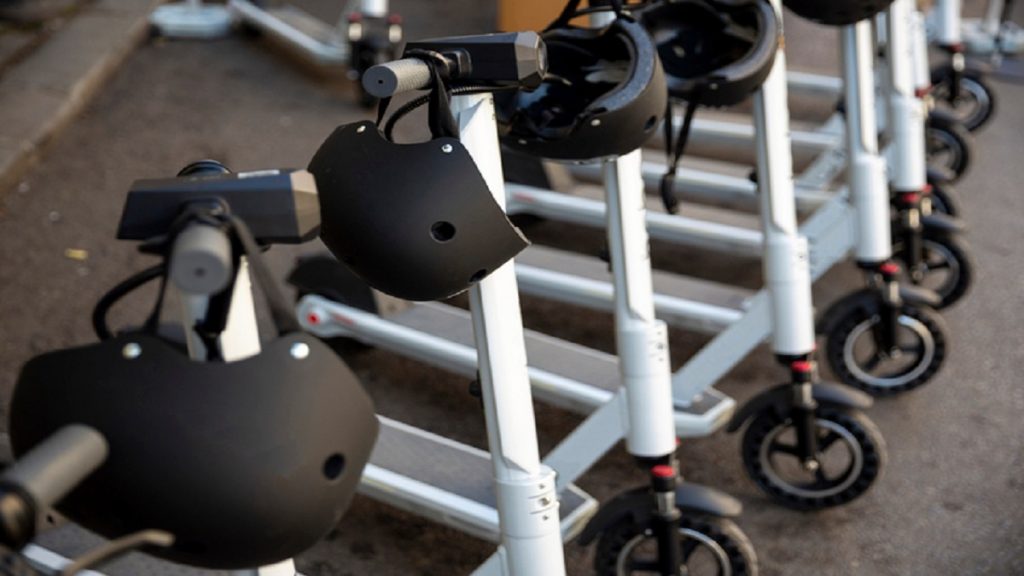When you take a look at maps of micromobility across the world, it appears there’s not a lots of activity throughout Africa. Well, that’s due to the fact that there’s not, Gura Trip founder and CEO Tony Adesina stated at TC Sessions: Mobility.
In Africa, there are “really couple of” micromobility operators, Adesina said. “Practically non-existent.”
That’s why introducing bike and scooter share in Africa, and particularly Rwanda was tactical, he stated. In Kigali, there are numerous bike lanes and biking is quite popular in Rwanda, Adesina said. But bikeshare and scooters are “completely new to them.”
Gura Flight has actually been in operation for the last couple of years and says individuals are typically responsive to the idea. Still, it hasn’t brought in the very same type of market activity as other locations.
” Africa is rather unique,” Adesina said. “I don’t think it’s somewhere where you can bring an existing model, possibly that worked in the States or the UK and simply discard in a country like South Africa or Rwanda. You have to understand the culture and individuals you’re dealing with. It takes rather some time. You have to study the surface and make sure the model you run in the U.S. or the U.K. can in fact fit. Another thing is price. The purchasing power is not as heavy as you have in the States. The numbers have to make sense and you have to make sure that the market you’re going into can meet your forecasted goals.”
That’s partially why Voi, which has gained a fortress across Europe, has yet to introduce in Africa. Voi CEO Fredrik Hjelm kept in mind how the expense of supply and operations is pretty much the exact same wherever it runs, so in markets where there is less desire among riders to pay greater costs, it makes it “extremely, very hard to run beneficially,” he stated.
As soon as Voi can bring down the expenses of operations, it will be much easier to launch in more markets and operate successfully there, Hjelm stated.
” So there is certainly a time where we will have the ability to make markets with lower desire to pay, such as Africa, profitable, when we go there,” he said.
What’s essential to micromobility ending up being more mainstream in Africa is infrastructure, Adesina said.
” I believe the most significant issue [in Kigali] is that the roads are quite narrow, so how do you share the roadway so you do not have a great deal of hit and runs,” he said.
On the other hand, micromobility is thriving a lot in Europe due to the fact that of the facilities, Hjelm stated. Facilities can actually make or break the industry.
” The facilities is much better than anywhere else,” Hjlem said.
